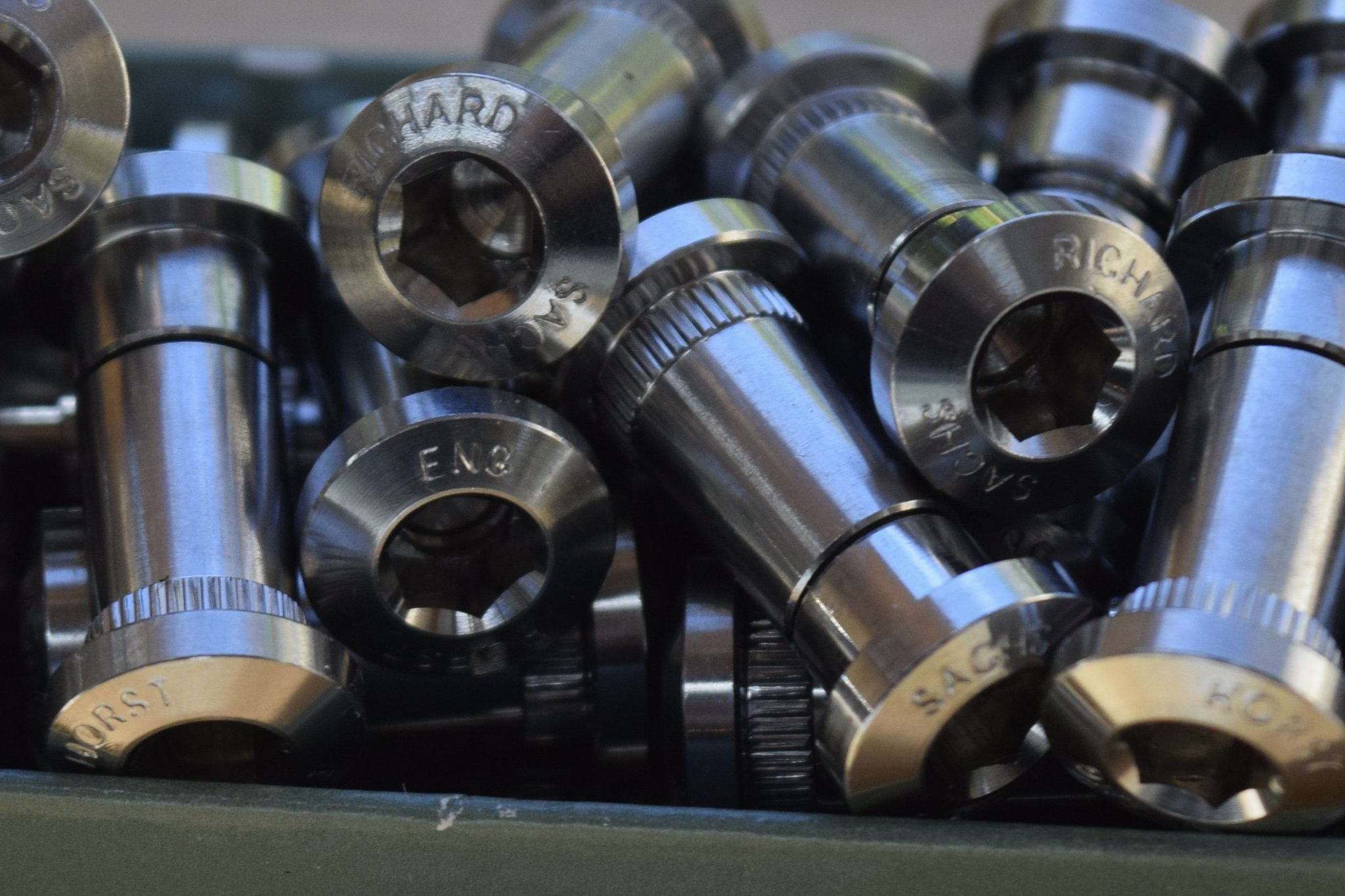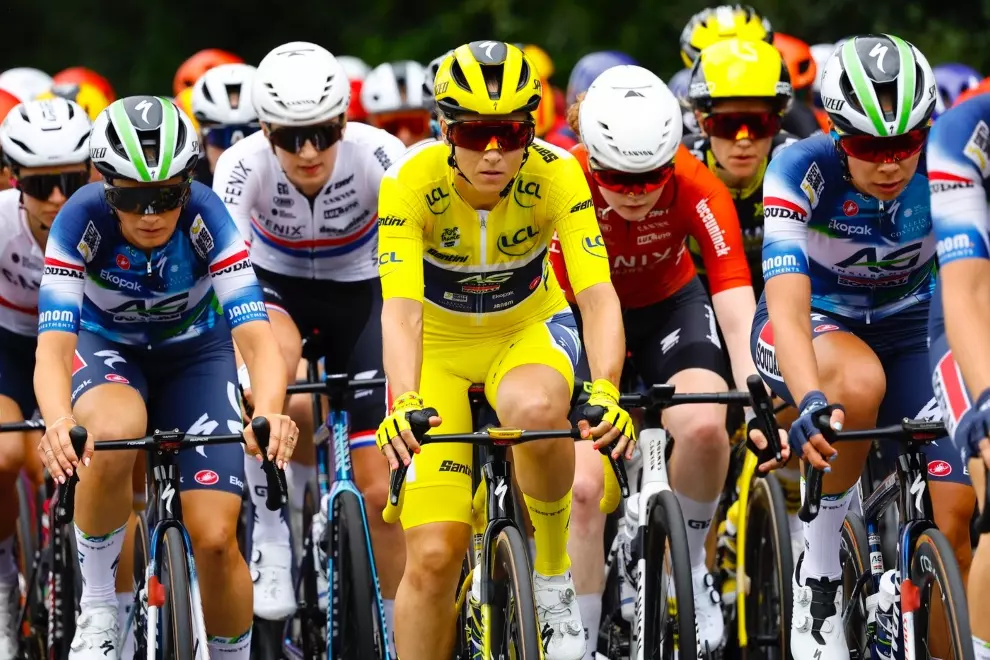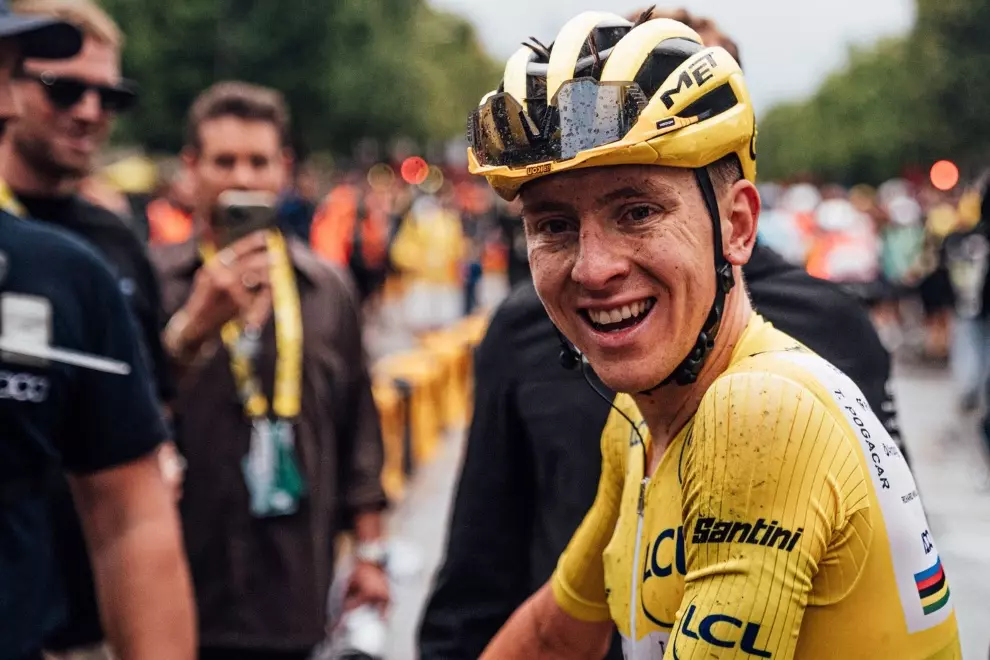Choosing a High-End Bike
Any amateur usually has two choices for a top-level bike. On one hand, they may choose a Pinarello, Ridley, Argon 18 or any other brand. On the other, they can opt to contact a custom bike builder such as yourselves. Given that this amateur is not a professional rider in a World Tour team but rather a normal person going on weekend group rides, what are the main differences between both options when put side-by-side (performance & comfort wise)? How does the custom bike differ exactly?
Doriano De Rosa: I think that cycling amateurs must consider the possibility of owning a bike made specifically for them. A bike drawn and built just for her/him. A bike where the frame matches perfectly with their body. A bike that allows to do a descent in great safety and with perfect handling and great comfort for many hours on the saddle.
We know that three parts of the body are in contact with the bike (hands, feet, and butt). The bike is in contact with ground in two points (both wheels on the ground).
On a custom bike, three body parts are balanced between the two wheels. A mass-production bike covers different body sizes, shapes and flexibility points. And the amateurs must adapt themselves to the bike.
Richard Sachs: That question is too wide for a succinct answer. My opinion is this – the amateur rider should buy a bicycle he likes, one that fits his needs, one that is affordable and easy to maintain, and also buy it from someone who has earned his trust. That could be the local bicycle shop, or it could be a frame builder he knows.
https://www.instagram.com/p/Bff-cxCDD3k/?taken-by=therichardsachs
Julie Ann Pedalino: I think the main difference between a high-end production bicycle and a custom bicycle is the opportunity for personalization.
On the most basic level, many of the folks that work with me have a hard time finding any kind of bike (let alone a performance road bike) that fits them. I’ve also found that my customer base has an appreciation and desire for beautiful things in their lives.
There are so many different types of riders and riding styles – going custom makes space for the client to treat themselves to a bicycle unique to them, no matter how many weekly miles they do or how fast they can / want to go on it.
Any advice for amateurs who decide to buy a custom bike?
Doriano De Rosa: My personal advice is to try to contact the frame builders the rider prefers and study their philosophy and consider the one which can satisfy their desires.
Richard Sachs: The same reply as above. You (the client) aren’t buying a commodity, you are buying an experience and a relationship.
Julie Ann Pedalino: I would advise a person looking into a custom bike to do plenty of research and look for a builder that they vibe-well with. Communication is a very important part of the process so it’s necessary to have a builder who understands and accommodates the prospective client’s unique needs.
Concerning the bike components used, many custom bike builders opt for carbon forks, seat posts, stems, and handlebars. What are your choices and why?
Doriano De Rosa: We usually recommend the equipment according to what the customer needs. Our kit frames include frame, fork, seat post, and the headset. Our usual forks are by Falz carbon, by Dario Pegoretti. We like it for the shape and the choice of two different rakes.
We use Pmp titanium seat-posts, a very valid product for its strength.
Richard Sachs: I make my own forks, and spec Cinelli stems, bars, and seat posts on my assembled bicycles.

Julie Ann Pedalino: When I’m putting together a build, all component choices are largely driven by the end goal of the bicycle. If it’s appropriate for the bicycle to incorporate a carbon fork or handlebar, then I am definitely open to doing so. I tend to take things on a case-by-case basis, and assess the merit of components within the context of the full build.
What about the mechanical bike parts (group sets)? Do you have any preferred choice here or do you follow what your customer ask for?
Doriano De Rosa: My preferred is Campagnolo Mechanical Super Record group sets.
Richard Sachs: Mechanical groups only. Electronic shifting isn’t an option here.
Julie Ann Pedalino: I definitely have my component preferences, especially for small brands that focus on design and quality manufacturing. I also prefer to recommend parts that I have personally used in the wild. That said, if the customer has specific ideas about what they would like, I certainly listen to their opinions and provide suggestions only when appropriate.
Today’s cycling industry offers an array of options so vast product-wise it may seems confusing for the amateur to grasp each product’ specifications. Then it is also easy to fall for the new carbon bike of the year given that we see our favorite pro cyclists ride them season after season.
On the other hand, the quest for a bike that is 500 g lighter is definitely not the only solution to a top-level bike. That is where the custom bike builders come in and it might be worth it to look for these artisans near your home before making the final decision.













